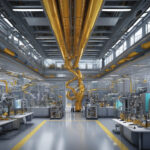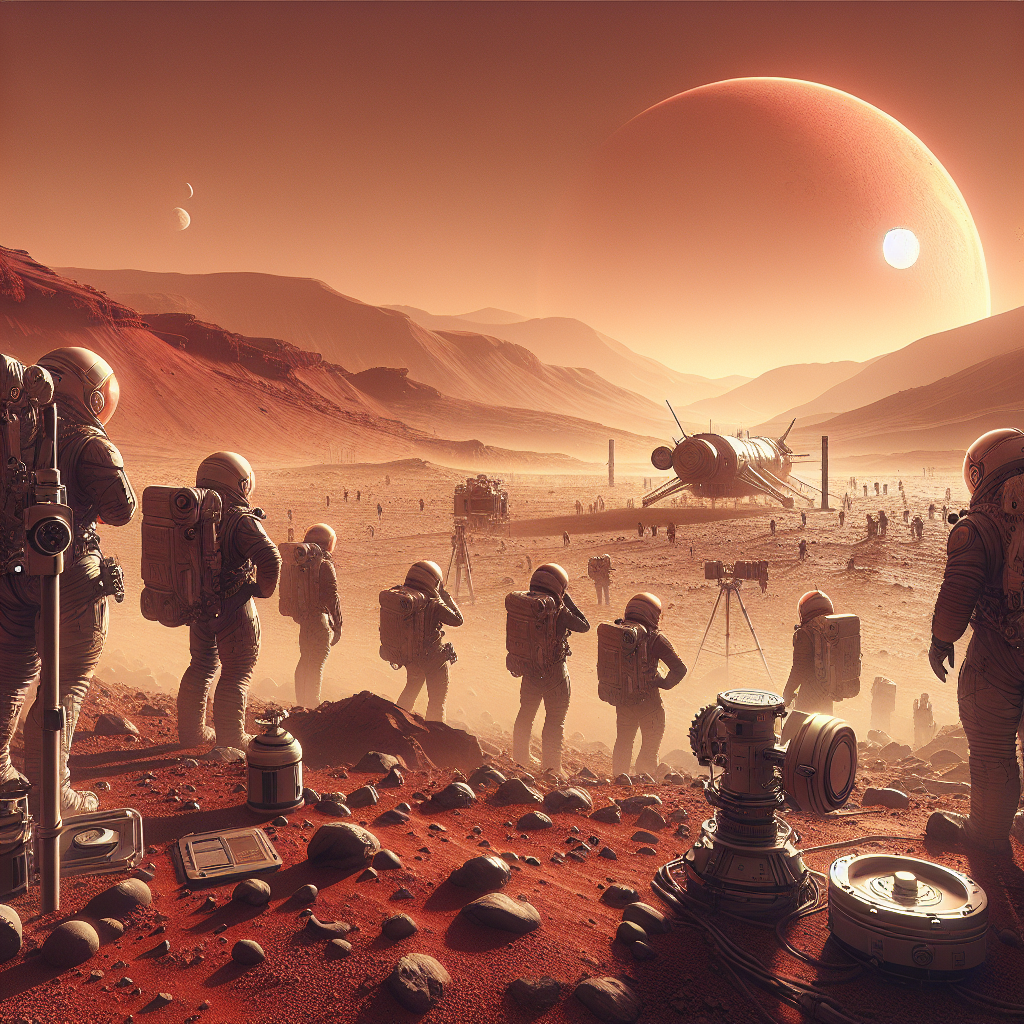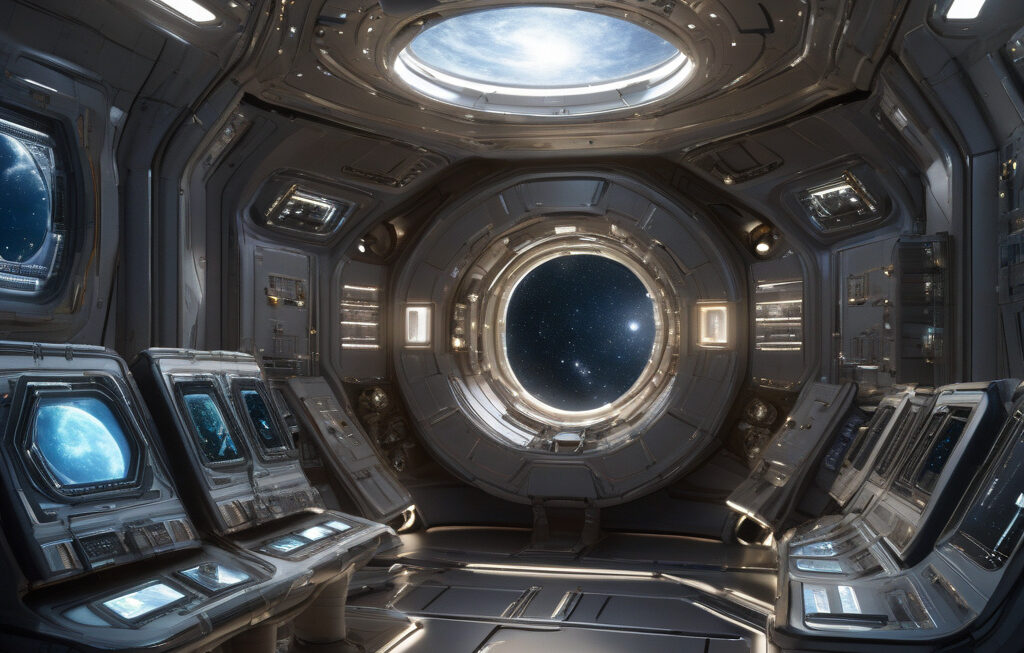Toxic Mars Dust: A Potentially Hazardous Hurdle for Future Astronauts
As humanity edges closer to sending astronauts to Mars, scientists are drawing attention to an unexpected threat that could jeopardize the success of these missions – toxic Mars dust. A recent study has revealed that the fine particles of dust covering the Martian surface pose significant risks to both the health of astronauts and the integrity of spacecraft.
The study, conducted by a team of researchers from the University of Colorado Boulder and published in the journal ‘Nature Communications’, highlights the toxic nature of Mars dust. Unlike the relatively harmless lunar dust encountered during the Apollo missions, Mars dust contains perchlorates – highly reactive compounds that can cause serious health problems when inhaled or come into contact with the skin.
One of the main concerns raised by the study is the potential damage that exposure to Mars dust could cause to the respiratory system of astronauts. Inhalation of these toxic particles could lead to respiratory issues, lung damage, and even cancer in the long term. Moreover, the abrasive nature of the dust could irritate the skin and eyes of astronauts, further compromising their health and well-being during extended missions on the Red Planet.
In addition to the health risks posed by Mars dust, the study also highlights the potential damage it could inflict on spacecraft. The fine particles have been found to cling to surfaces and infiltrate equipment, posing a threat to the functionality of vital systems. The abrasive nature of the dust could cause wear and tear on mechanical components, leading to malfunctions that could jeopardize the success of the mission.
Addressing the challenges posed by toxic Mars dust will be crucial for the success of future manned missions to the Red Planet. Scientists and engineers are already working on developing innovative solutions to mitigate the risks associated with exposure to these hazardous particles. From advanced filtration systems to specially designed spacesuits, efforts are underway to ensure the safety and well-being of astronauts venturing to Mars.
One promising approach being explored is the development of self-cleaning materials that could prevent Mars dust from accumulating on surfaces. By repelling or shedding the fine particles, these materials could help protect spacecraft and equipment from damage, ensuring smooth operations during the mission.
Furthermore, researchers are investigating the potential use of drones and robotic systems to preemptively identify and remove dust accumulation on critical surfaces. By deploying autonomous cleaning mechanisms, mission operators could minimize the impact of Mars dust on spacecraft functionality and astronaut health.
As humanity stands on the brink of a new era of space exploration, understanding and addressing the challenges posed by toxic Mars dust will be essential. By leveraging scientific knowledge and technological innovation, we can overcome these hurdles and pave the way for safe and successful manned missions to the Red Planet. The future of human exploration of Mars depends on our ability to navigate the complexities of the Martian environment and ensure the well-being of those who dare to venture into the unknown.
#MarsDust, #SpaceExploration, #AstronautHealth, #ToxicParticles, #RedPlanetMissions












